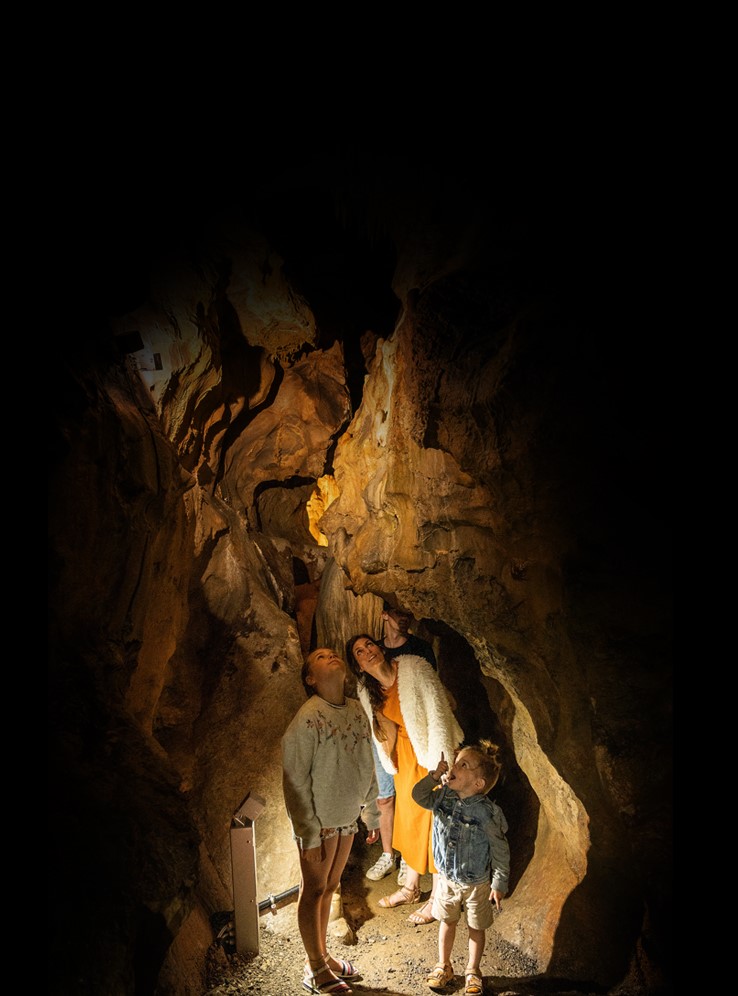After three years of closure, the Caves of Goyet at the heart of Samson valley reopened to the public in April. The network of caves benefits from new lighting and a new multimedia tour concept guided by leading archaeologists.
Tours begin with the observation of the landscape surrounding the cave before continuing to the seven galleries where you can discover the history of the humans and animals that occupied the place. They will be open until November and have two tour departure times every Sunday and school holidays, at 14:00 and 16:00. Reservations are required.
The Caves of Goyet has also joined the list of properties classified as "Exceptional Heritage of Wallonia." This status offers better protection of these properties and/or the possibility for owners to benefit from greater support for the financing of restoration work.
Historic background
Located near Struviaux, the Goyet Caves are one of the most prestigious archaeological sites in Europe. As early as 1868, successive excavations, notably led by the Dinant geologist Edouard Dupont, uncovered bones that were eventually stored in crates at the Museum of Natural History.
His collections would remain stored away until 2004 when Patrick Semal, who heads the Anthropology section of the Museum of Natural Sciences, came across one of the drawers containing some 70 bones recognized as human at the time by Edouard Dupont. One of these was a piece of jaw belonging to a Neanderthal man.
Related News
- Largest dinosaur discovered in Australia identified as a new species
- Hidden Belgium: The Saint Remaclus Cave
- Archaeological finds around Liège Airport now on display
Over the years, palaeontologists have examined the results of these excavations using increasingly efficient analytical methods and identified pieces of bone belonging to 13 different Neanderthal individuals. With the help of high-resolution images, they detected traces of dismemberment. The conclusion they came to was that the Neanderthals of the Goyet caves were cannibals. This is the first time that traces of cannibalism have been found in Neanderthals in northern Europe.
Continuous discoveries
The archaeological heritage of the caves of Goyet is exceptional in several respects. The discoveries that have been made there prove that they were first occupied successively by Neanderthal man, Homo Sapiens and Neolithic civilisations.
The last formal excavations were carried out between 1997 and 2004 by the Walloon Region's Archaeology Directorate. On this occasion, a vast new network was discovered, and the burial site of a Neolithic child was unearthed.
Another landmark find was a skull that baffled experts for many years. Researchers at an American institute in Arizona analysed the bones at length and officially recognised it as a dog. Aged 32,000 years according to cranial characteristics, it would have been one of the first domestications of an animal in the world.

